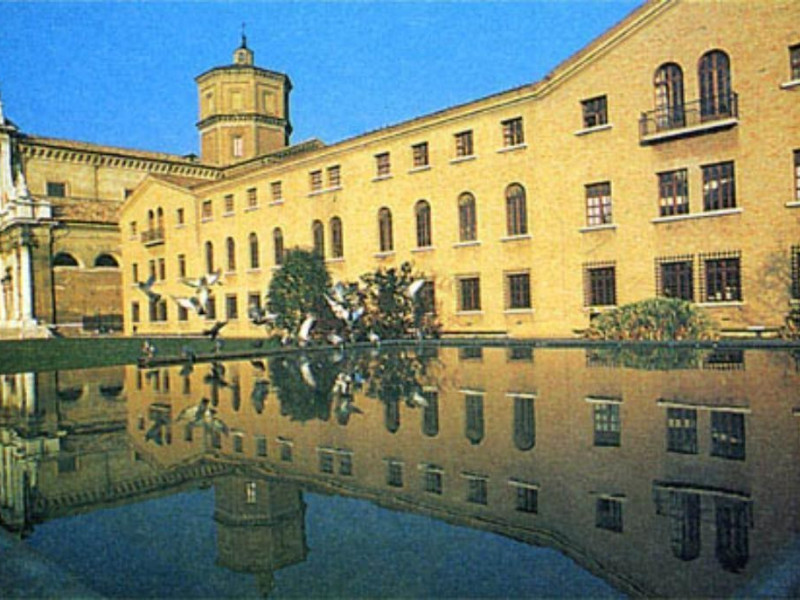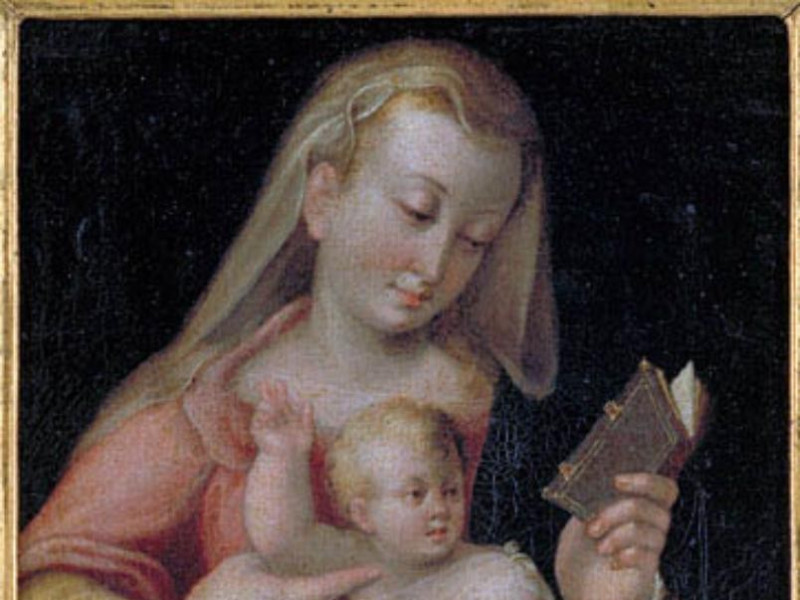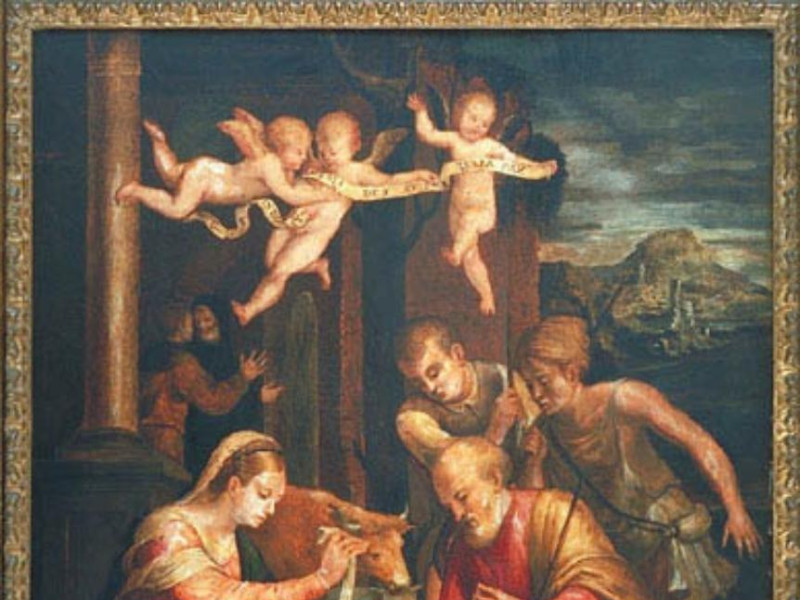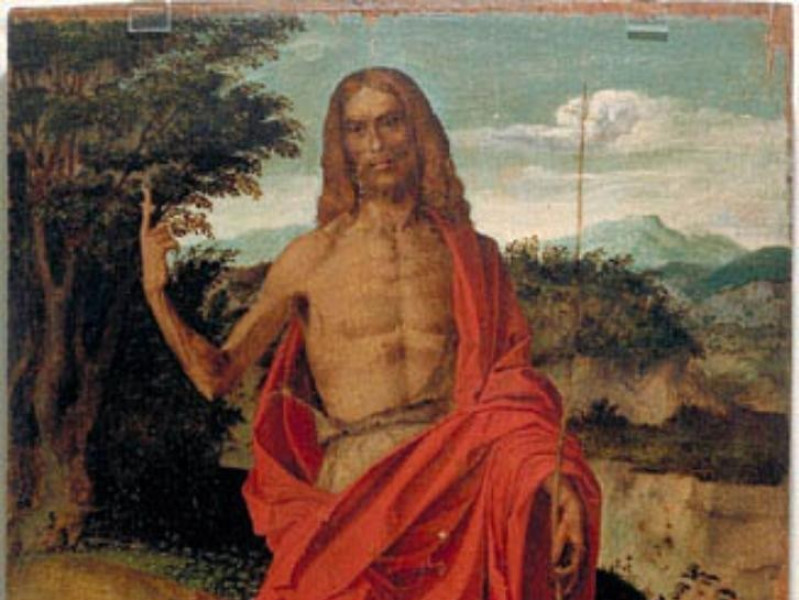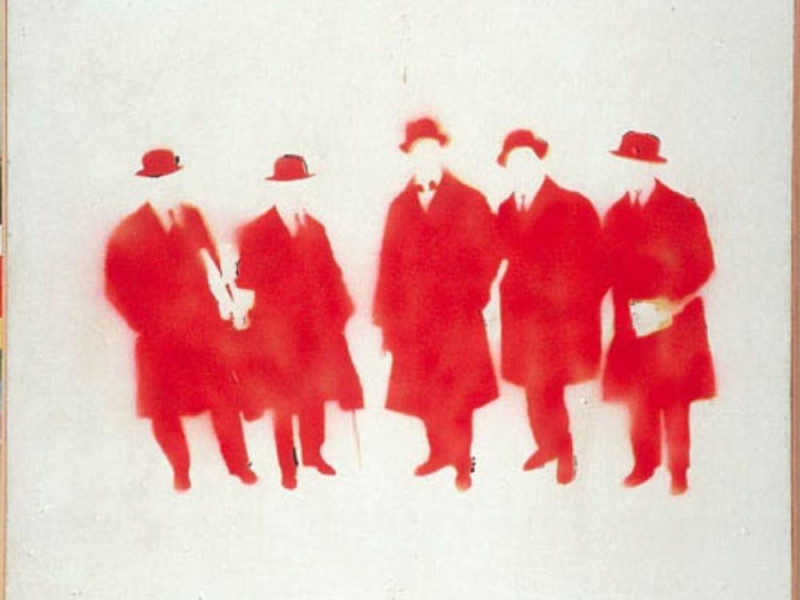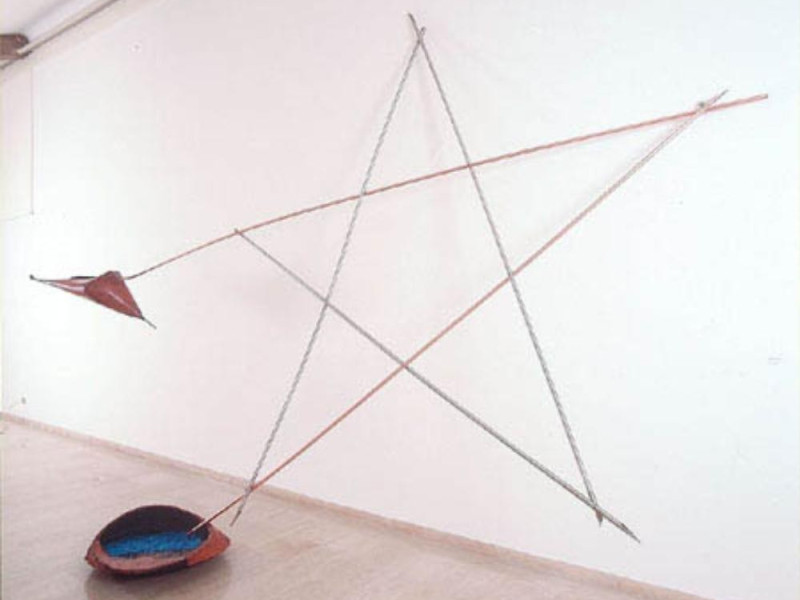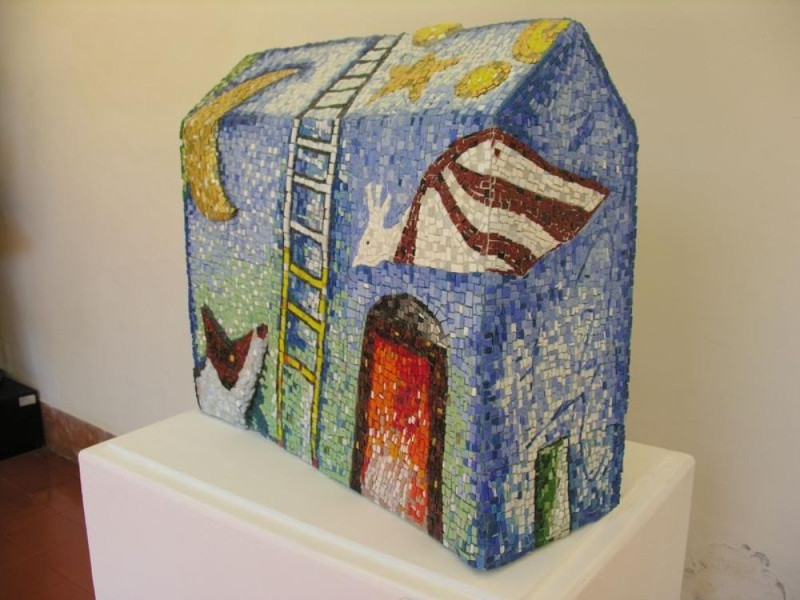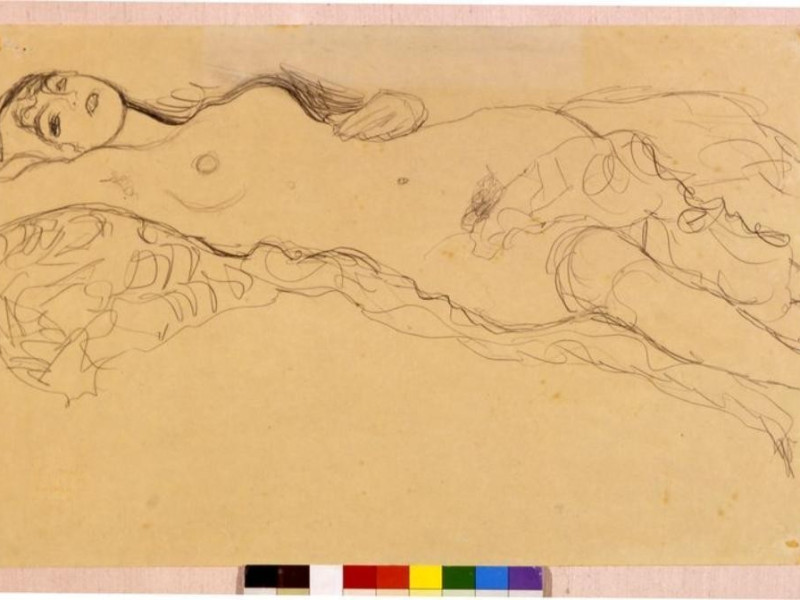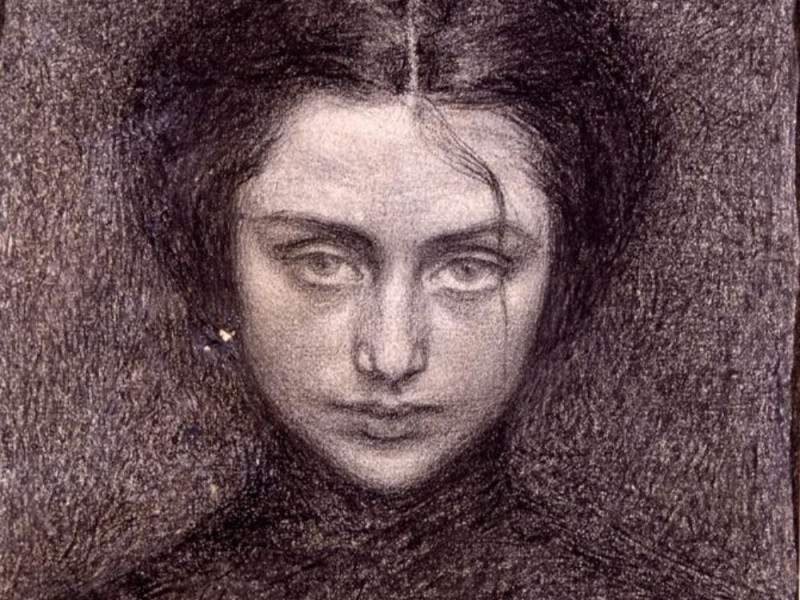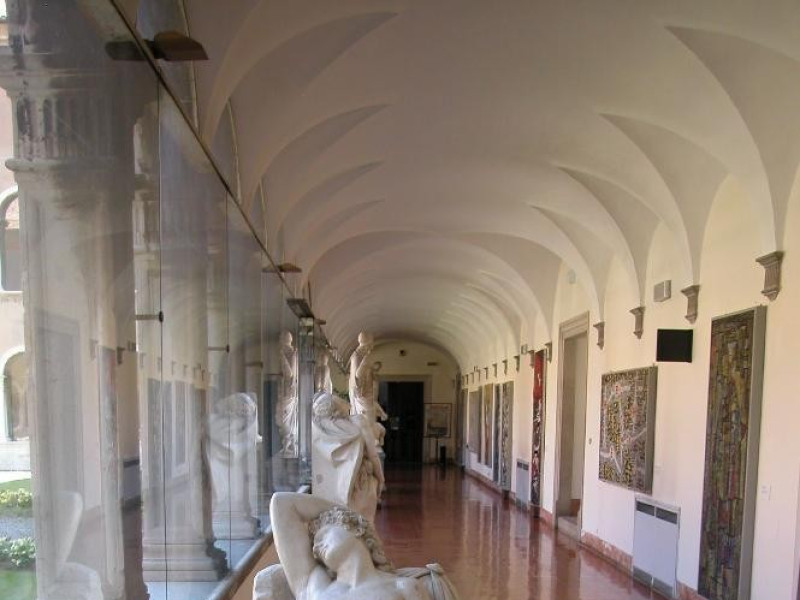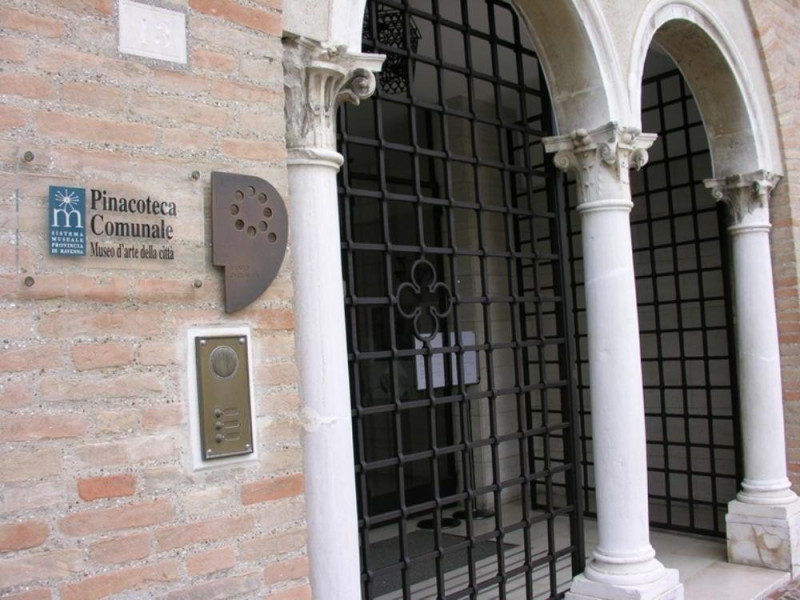Museo d'Arte della Città
The Art Museum of the city of Ravenna is located within the Loggia Lombardesca, the cloister of the Abbey of Santa Maria in Porto built in the early years of the sixteenth century and decorated by craftsmen who worked under the direction of Tullio Lombardo. Deleted in the Napoleonic era and subjected to conversions of use, the complex of the canons of Porto was restored to the beginning of the seventies, when they move, in that building, the Academy of Fine Arts, established in 1829 at the monastery of class, and the Pinacoteca Comunale kind in that year, around a core of works from the religious corporations. Progressively enriched by purchases and donations, the nineteenth and twentieth century art heritage of the Galleria dell'Accademia was subjected to reorder, thanks to the interventions of museological Corrado Ricci. Since the eighties the interest in contemporary favored the acquisition of new works. In 1999 were made available on the main floor and several rooms on the ground floor, formerly occupied by the Academy and the Museum Ornithological and Natural Sciences: thanks to the recovery of these new spaces, in 2002 the Loggia Lombardesca became the seat of the "MAR" (Art Museum of the city of Ravenna) .Complete Museum has a significant core of more than three hundred works, from the fourteenth to the twentieth century, documenting the art scene Romagna in relation to the influences and relationships with Emilia, in particular with Ferrara, with the Veneto, Tuscany and Le Marche. Tables and polyptychs small bear witness to the production of Lorenzo Monaco, the Master of the Choir Scrovegni, Guglielmo Veneziano, Matteo di Giovanni, Taddeo di Bartolo and Antonio Vivarini; follow the classicism in Romagna -Longhi, Rondinelli, Zaganelli, Palmezzano- and artistic events in the area (buckets. XV-XVI), by Bartolomeo Montagna at Cima da Conegliano in Paris Bordon up to Dosso, Bastianino and Bastarolo. Giorgio Vasari (Mourning of Christ deposed, 1548), Jacopo Ligozzi Camillo Procaccini and then represent, respectively, the Way and the Counter-Reformation. Paintings by Guercino (Romualdo) of Gennari, Alexander Tiarini and Cecco Bravo illustrate the seventeenth century with paintings of Charles Cignani, Marcantonio Franceschini and Gian Gioseffo Dal Sole. Eighteenth century relies on names and Luigi Crespi Archangel Resani, while Andrea and Domenico Barbiani testify to a workshop in Ravenna, from the beginning of the seventeenth century, lasted for one hundred and fifty. Worth mentioning is also famous as a presence in the city's artistic heritage, the tomb of Guidarello Guidarelli, related to Tullio Lombardo (1525) and transformed into a legend by Gabriele d'Annunzio. Giambattista Netherlands, Signorini, Giuseppe Abbati, Arturo Moradei, Luigi Serra, Ettore Tito represent the painting of the nineteenth century, while Domenico Baccarini, Ugonia and Giuseppe Ercole Drei Faenza refer to the art of the early twentieth century. From the report of photodynamic Carlo Ludovico Bragaglia, reflecting the Futurism of Romagna, and a large collection of works from the fifties among which we highlight the work of Accardi, Bendini, Boetti, Castellani, Cattelan, Festival, French, Guidi, Manzoni, Morlotti, Paladin, Pozzati, Ruggeri, Saetti, Schifano, Widow, Veronesi. A drawing by Klimt recalls the importance for the formation of the Viennese master, the mosaics of Ravenna. The mosaic work is the protagonist of the International Centre for Documentation on Mosaic (CIDM). Established in 2003, this section was created to promote research and study and appreciation of the mosaic, documented, for the contemporary, from Afro, Balthus, Campigli, Capogrossi, Chagall, Corpora, Fioroni, Guttuso, Mathieu, Saetti, Santomaso, widow, Alders and Paladino, to name a few. In 2011, the CIDM presented to the public the six most recent acquisitions: the panels "Ultramarine Blue" and "Blue Cross" Friulian artist Lino Linossi; "The Crowd" by Luca Barberini; "Lens" Arianna Gallo, "Whoosh" of Japanese Takako Hirai and "No Movement. 14" group of CaCO3. He has also sponsored events such as: G.A.E.M. exhibition of works by young international artists selected by competition GAEM 2011 (Young artists and mosaic) for the promotion of the mosaic which contemporary language, the installation "The Monster of the Lagoon" (2011) and in the II Festival of the Mosaic exhibition "Frattur-Art" (2011). The exhibitions Sea is notable for the special attention given to the fathers of historiography and criticism of art of the twentieth century. The exhibition "From Renoir to de Staël, Roberto Longhi and the modern" (2003) and "Turner Monet Pollock. From Romanticism to Informal tribute to Francesco Arcangeli "(2006) have outlined the basic steps of our time. These are flanked by the anthologies dedicated to great artistic figures of the twentieth century, by Alberto Giacometti, Aldo Mondino, Mimmo Paladino and Felice Casorati, which is added in Art Criticism, a series of events dedicated to young artists and curators. The initiative, militant character, aims to shed light on the identity of the new critical and artistic expressions of the last generations. As part of the event have been set for the monographic David Casini, Silvia Camporesi, Sara Rossi, Ivan Malerba, Stefania Galegati, Matteo Montani, Francesco Barocco, Dacia Manto, Pietro Ruffo, Marinella Senatore, Chiara Lecca, Video Alteration and Ettore Favini. Among other events hosted by Tues should be mentioned: "The care of the beautiful. Museums, stories, landscapes by Corrado Ricci" and "The riddles of a painting. Nicolo Rondinelli From Baldassarre Carrari" in 2008, "The Artist traveler from Gauguin Klee, Matisse Alders "," Abstract "and" Eugenio Carmi. Harmonies invisible. imaginary beauty (works 1948, 2009) "in 2009," the Pre-Raphaelites and the Italian dream. from Fra Angelico to Perugino, from Rossetti to Burne-Jones, "" Tonino Guerra poet, painter "and the concept of personal Pozzati" Time suspended "in 2010.-2011 are" Italy has awoken from 1945 to 1953. Arte in Italy after World War II, from De Chirico to Guttuso, Fontana, Burri "; "Abecedario the story under the rug" shows the RAM 2011 a biennial selection that allows, for ten years, to young visual artists in the region to grow and be known regionally, nationally and internationally, "Pablo Echaurren. Leave sign (1969-2011) "and" in Praise of the hand. Drawings from the Academy of Fine Arts in St. Petersburg. "The museum also hosts an annual awards ceremony of the Golden Sails career and the exhibition of the "Prize Marina di Ravenna". (Fact sheet), an event dedicated to important figures in the art world, which has seen over the years the participation of the likes of Luca Alinari, Gianfranco Baruchello, Davide Benati, Vasco Bendini, Eugenio Carmi, Vittorio D'Augusta, Georges Mathieu, Mario Nanni, Achille Perilli, Tullio Pericoli, Graziano Pompili, Antonio Possenti, Concept Pozzati, Arnulf Rainer , Germano Sartelli and many others. Between December and January 2012 at this venue will be on display works by 5 young artists who won the 55th edition of the Prize. Busy teaching offers the opportunity to approach the reality of the museum and become the protagonists of the creative process. There are numerous thematic tours, aimed at elementary, grade school and high school, and designed on the basis of an integrated activity in the school curriculum.
